What to do if the leaves of eggplants in the greenhouse turn yellow?

Eggplant is a delicate crop and is most often grown in a greenhouse. Sometimes their leaves turn yellow. In most cases, it is enough to increase watering. But if this is not the reason? To determine what to do, you need to know all the reasons for the yellowing of foliage in eggplants.
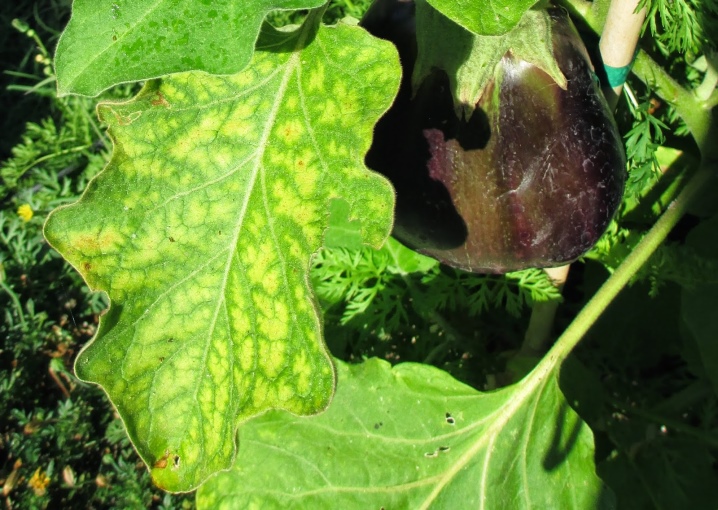
Bad conditions
If the eggplant leaves in the greenhouse turn yellow, the conditions should be assessed first.
-
The air temperature is too high. In a polycarbonate greenhouse without transoms and vents, the temperature in July can reach 50–60 ° С. Sunburns appear as yellow spots, then these areas begin to dry. In case of severe damage, the leaf dies.
-
Insufficient moisture. Leaves curl, turn pale and fall off.
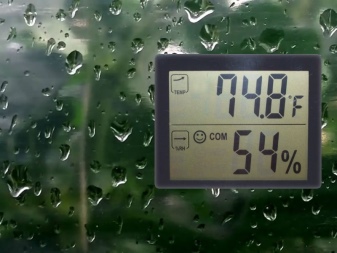
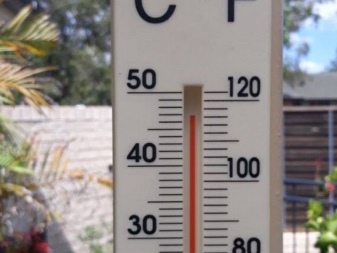
The optimum temperature for growing eggplants: during the day - 25–31 ° С, at night - 21 ° С.
In seedlings, immediately after planting, a natural yellowing of the leaves is sometimes observed. The plant has lost some of its roots, the balance of the underground-aboveground part is disturbed, and half of the leaves receive less nutrition. After 1-2 weeks, with proper care, the plant will recover. It is better to transplant immediately, trying not to touch the roots - eggplants are sensitive to any damage to the root system.
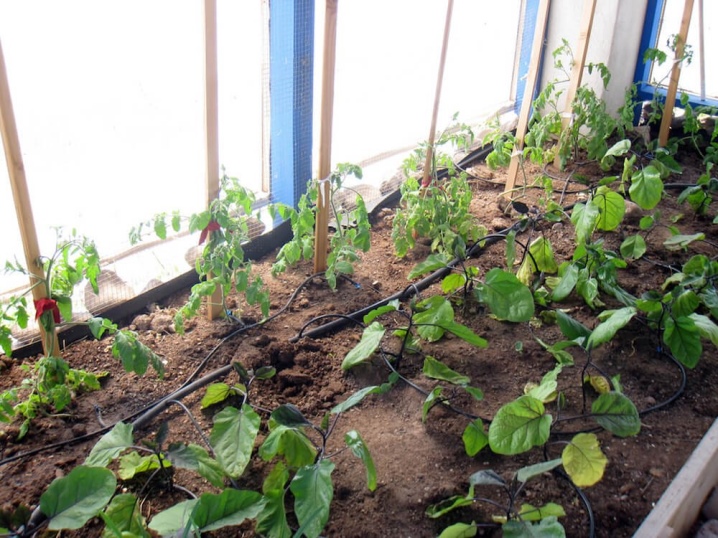
Improper care
One of the first causes of yellowing is watering with cold water. Eggplant is more demanding for soil temperature than for air temperature. The soil should be 26-30 ° C, and the water for irrigation can be warmer, but not colder. Chilled water shocks the roots, they begin to rot, and the leaves do not have enough nutrition.
Watering should also not be carried out on the leaf. The water droplets on the leaves can act as lenses to focus the light. Spot burns will remain on them.
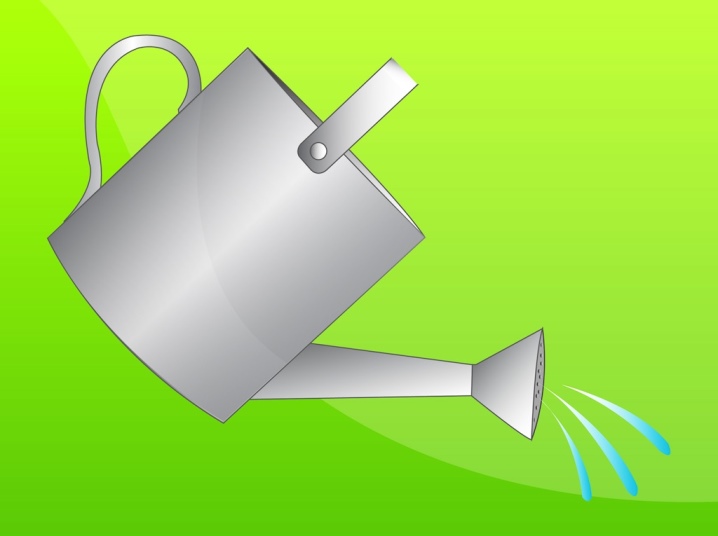
Lack of light leads to yellowing, and more often to paleness or curling of the leaves. In this case, the only solution, if we are talking about plants already planted in a permanent place, is pinching.
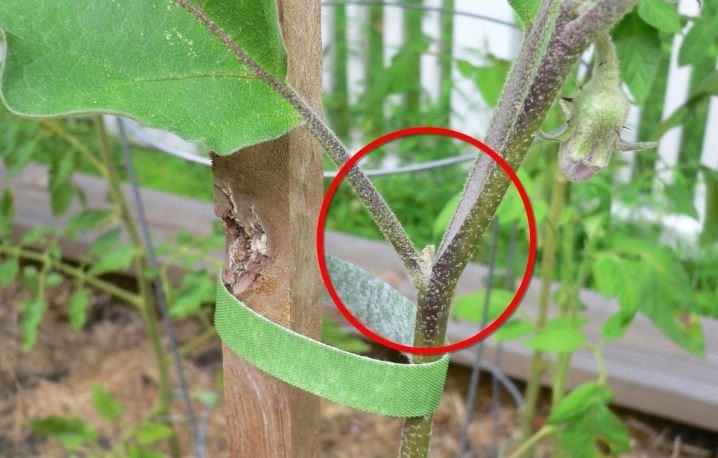
The leaves need to be thinned out so that each of them gets enough light.
Lack of micro- and macronutrients can also affect the condition of the leaves. Yellowing is observed with a lack of the following components.
-
Nitrogen. In this case, the lower leaves often turn yellow. They evenly begin to fade, the plant redistributes scarce funds to the top. In case of a shortage of any trace elements, it will be useful to use nitrogenous fertilizers. Nitrogen affects the assimilation of any other substances, its sufficient amount will have a positive effect on the well-being of the plant, no matter what elements it lacks.
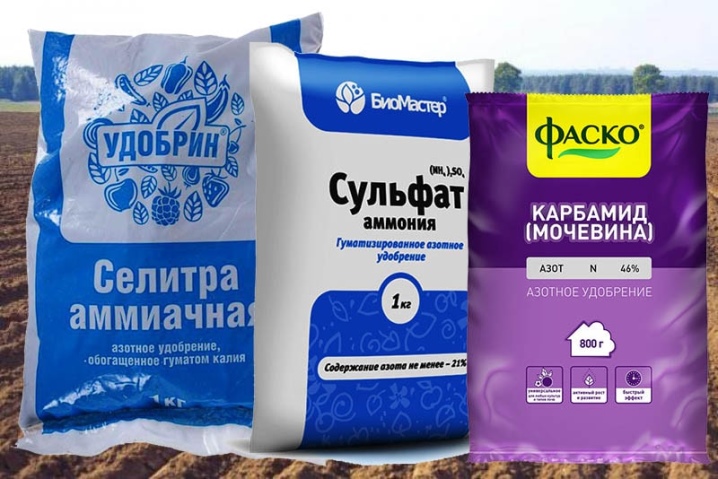
- Potassium. If the leaves curl and have acquired a yellow border, it begins to darken, the plant lacks potassium. You can feed with ash: mix a bucket of hot water and 1 glass of ash, leave for 24 hours, strain, water at the root, or spray the plants once a week. The first potassium fertilization is carried out at the stage of seedling growth, after 1-1.5 months. (watering with a solution of 30 g per 10 liters of water).
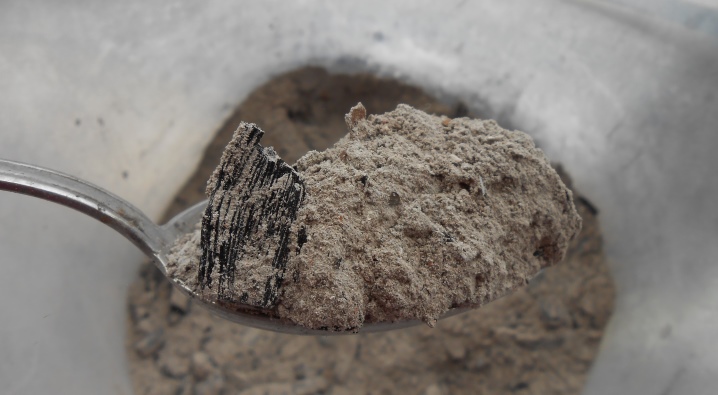
- Iron. Its deficiency is called chlorosis. The picture is typical: the leaves turn pale, turn yellow, even lemon, the veins remain dense green. Chlorosis signals not just a lack of iron, but also an imbalance in calcium balance (lack or excess), as well as an excess of nitrogen. But feeding with iron sulfate with pronounced symptoms will not be superfluous. Spraying mix recipe: 1 liter of cooled boiled water, 1/3 tsp. iron sulfate, 0.5 tsp. citric acid.
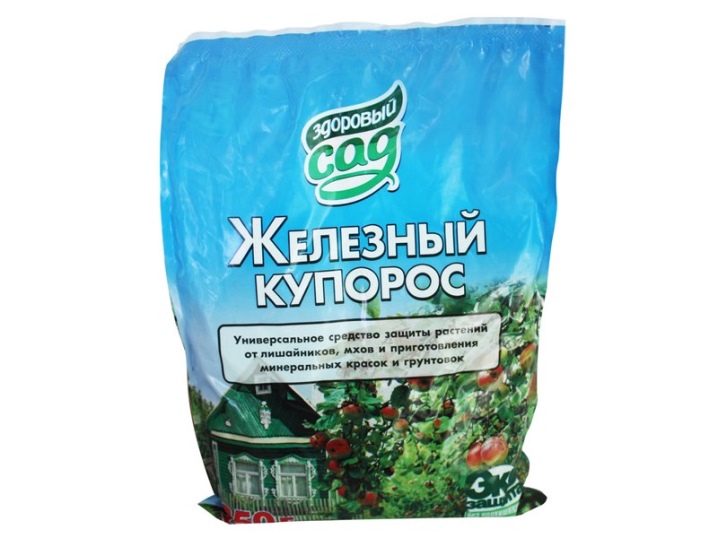
- Phosphorus. The foliage turns yellow at the edges, nestles against the stem.There is also a less indicative symptom - reddening of the veins and leaves. But eggplants have a purple tint. The solution in most cases is simple - checking and normalizing the soil temperature. Because of the cold soil, plants are less able to absorb phosphorus. To prevent phosphorus starvation before flowering (second feeding), it will be useful to water the plants with a mixture: 1 tsp for 10 liters of water. ammonium nitrate, 15 g superphosphate, 2 tsp. potassium sulfate, 30 g "Foskamid". 1 bush will require 1 liter of solution, water it only after moistening with plain water.

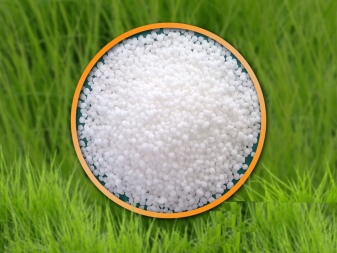
It is convenient to fill the lack of specific microelements with the help of foliar dressings.
It is also important to avoid overfeeding.
Eggplants are extremely sensitive to a lack of trace elements, so you should react even to a slight blanching of the lower leaves. Timely feeding will prevent the loss of some of the green mass. You can also feed seedlings if the leaves begin to turn yellow. This happens quite often, because beginners often plant eggplants in universal peat soil - it is poor for this culture. Suitable universal complexes: "Emerald", "Krepysh", "Agricola", "Gumat 7+".


Diseases and pests
Let's list the main pests that cause yellowing of eggplant foliage in greenhouses.
-
Whitefly. A small insect with white wings, the larvae feed on the sap of the leaves, secreting a sticky transparent liquid. She, in turn, attracts fungi.
-
Thrips. Insects are very small, the first signs of their appearance are the presence of "empty" gray spots along the central vein of the leaves.
-
Spider mite. Small transparent insect that drinks the juice of the leaves. It is often noticed for its characteristic white spider web. The leaves themselves dry, turn yellow, become stained, curl. He is a frequent visitor in greenhouses because of the dry and hot air.
-
Aphid. It settles on all organs except fruits. The leaves, from which it sucks the juice, wither and curl, become covered with a sticky liquid. A sooty black fungus often settles on it.
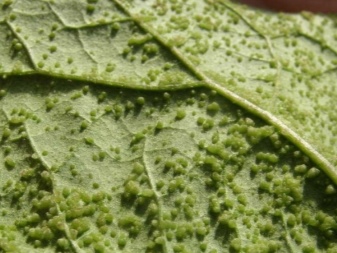
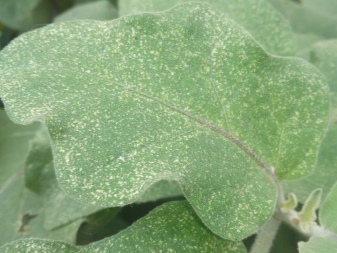
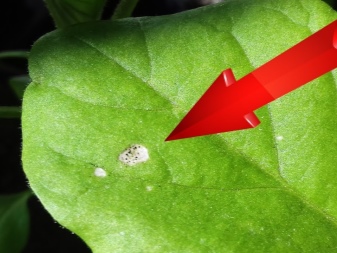

It is not necessary to diagnose a specific pest - it makes sense to do this only if general measures do not help. In most cases, it is enough to choose a systemic drug, for example, "Aktara". It helps against aphids, bedbugs, whiteflies, soil flies, mushroom gnats, scale insects and other pests. Can be used for spraying and shedding soil. It enters the insect organism through the leaves of the plant itself, causes damage to the nervous system, after 15-60 minutes the insects die.
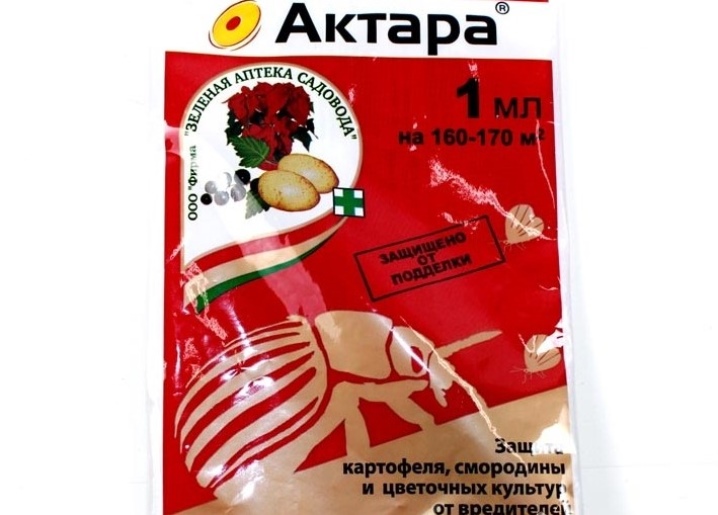
If pests have just begun to appear and there is no desire to spray with industrial preparations, folk remedies will help.
-
Soap solution. Laundry or tar soap is rubbed on a grater, 1 tbsp. l. the shavings are dissolved in 1 liter of water. Insist for several hours.
-
Infusion of garlic. There are many recipes for the use of garlic from pests. Recipe for thrips and spider mites: 1 bucket of water, 1 kg of flowers and dandelion tops, leave for 2 days, then add 5 chopped heads of garlic, let it brew for several hours. Strain, spray the affected parts of the eggplant with a ready-made solution.
-
Milk serum. Dissolve 300 g of whey in 1 liter of water, add 10 drops of iodine. Stir well. Acts as a top dressing and fights against fungal diseases, especially powdery mildew. The yeast in whey drives out harmful fungi.
-
Onion peel. 3 liters of water will require 0.5-0.6 kg of husk. Insist day, filter. The resulting infusion is diluted 10 times (for 1 part of the solution, 9 parts of fresh water). You can spray not only eggplants, but also other plants. Helps with most gnawing and sucking pests.
-
Live or dry yeast. Dilute either 100 g of live or 10 g of dry yeast in 10 liters of warm water, strain. Plants are sprayed 2 times a month. This is an excellent prevention of late blight, and it also nourishes plants. The leaves become brighter, greener, stronger.
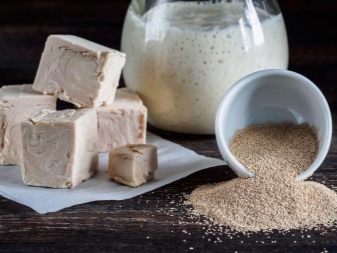

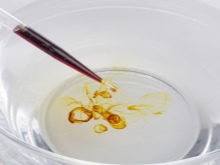
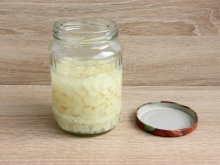

When processing, much attention is paid to the leaves from the lower side.
Spots of yellow or brown color appear when affected by fungi or bacteria. Spraying with preparations "Hom", "Thanos", Bordeaux mixture.
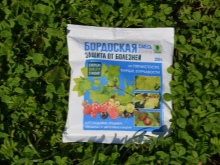
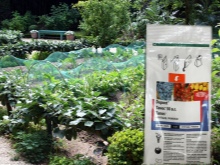
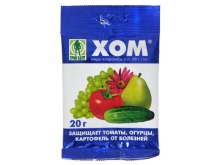
Preventive measures are useful: spraying and watering with biological products ("Fitosporin", fertilizer "Rich"), growth stimulants ("Epin", "Zircon"). They are safe for humans, but they strengthen the natural immunity of plants. Infestation by pests and bacteria is less likely.
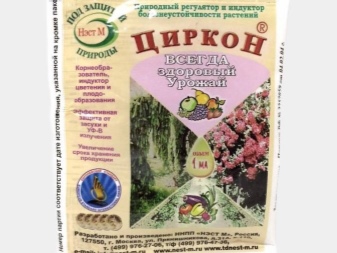
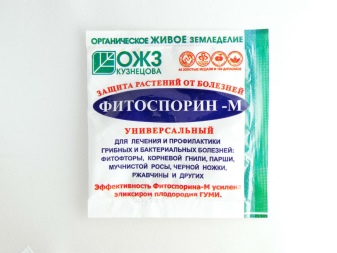
A good prevention of pest attacks, especially spider mites, is rather humid air. The optimal indicator for this crop is quite high - from 75 to 80%. In this case, it is necessary that moisture does not get on the leaves themselves. Choose the finest dispersion, work with a spray gun to the sides and up, or put bowls with wet moss next to the plants.
The problem of yellow leaves, for any reason, will not affect those who carefully follow agricultural practices from the very beginning. It is necessary to harden seeds, select the most fertile high-quality soil, calibrated temperature in the greenhouse, warm water for irrigation, preventive treatments against pests.
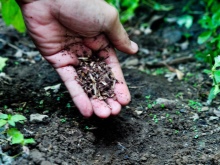

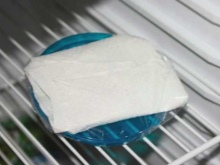








The comment was sent successfully.